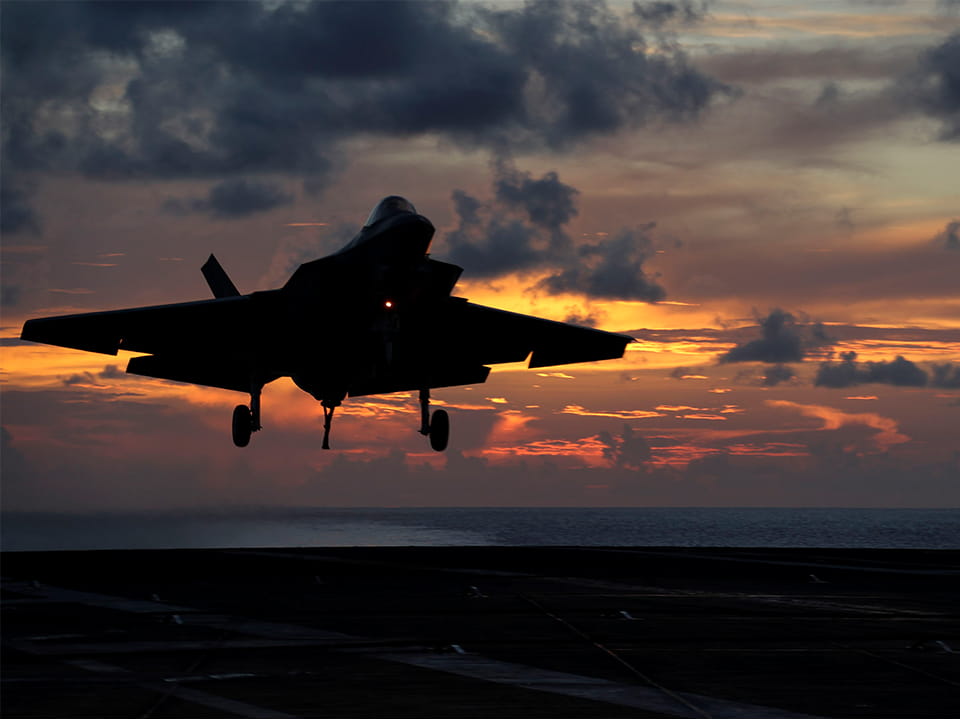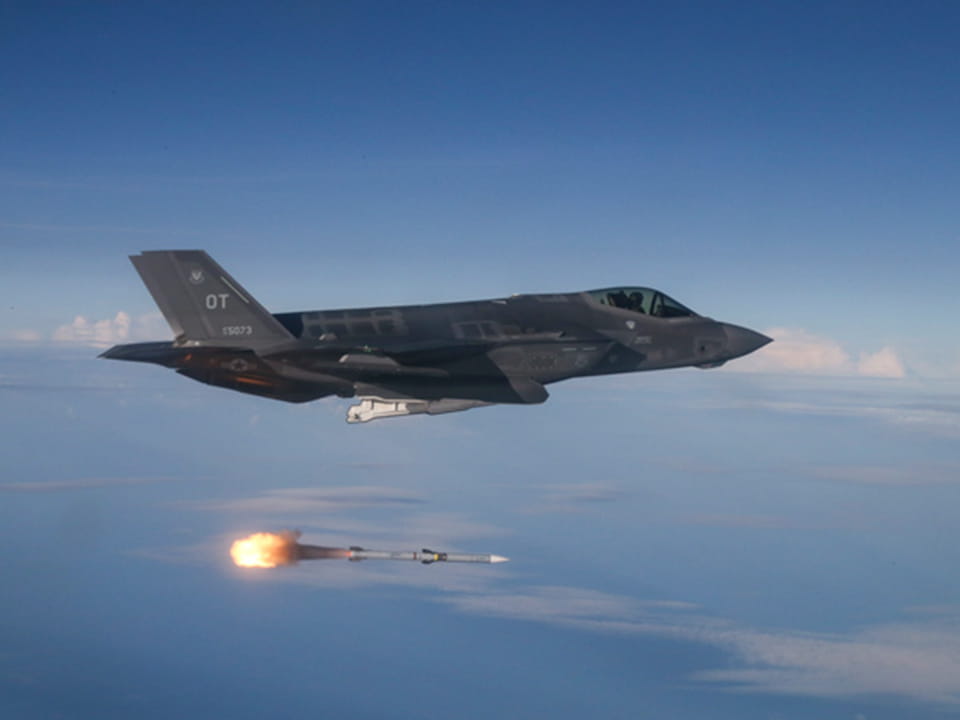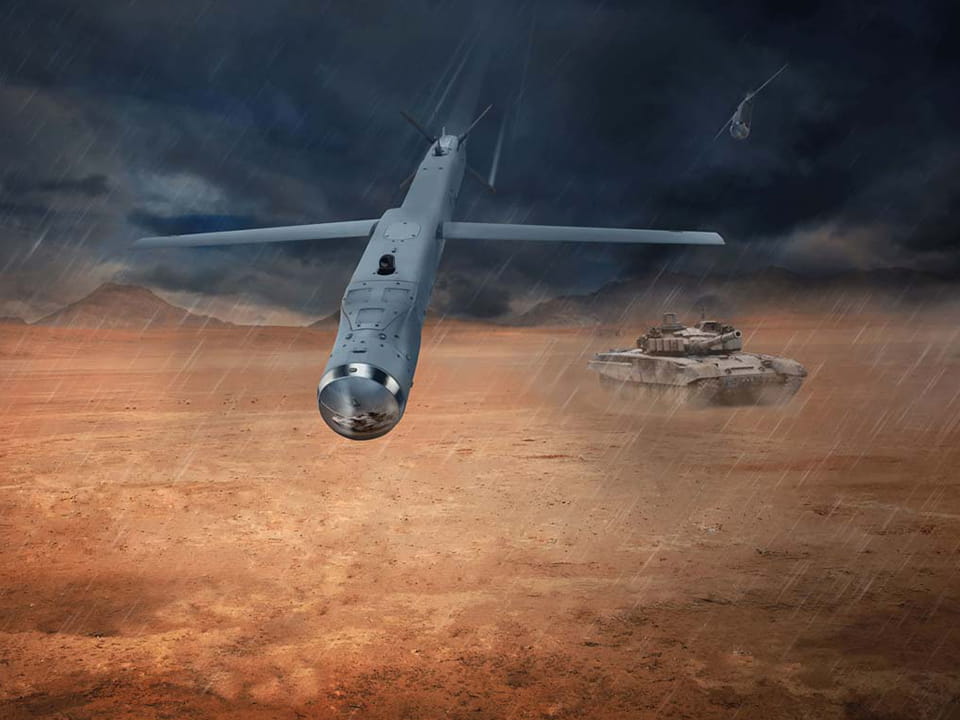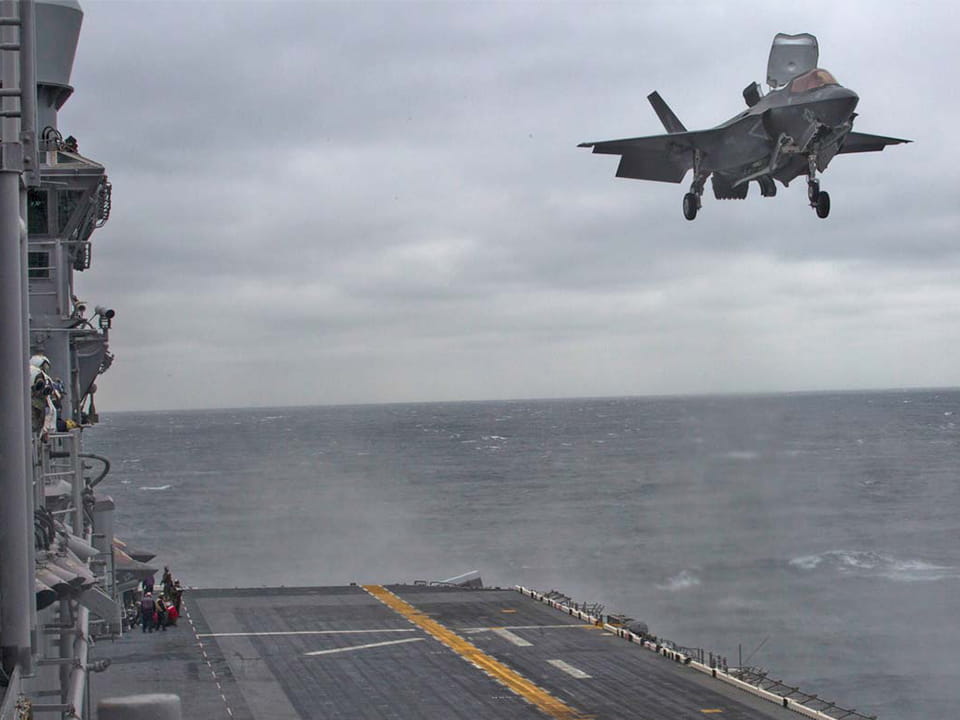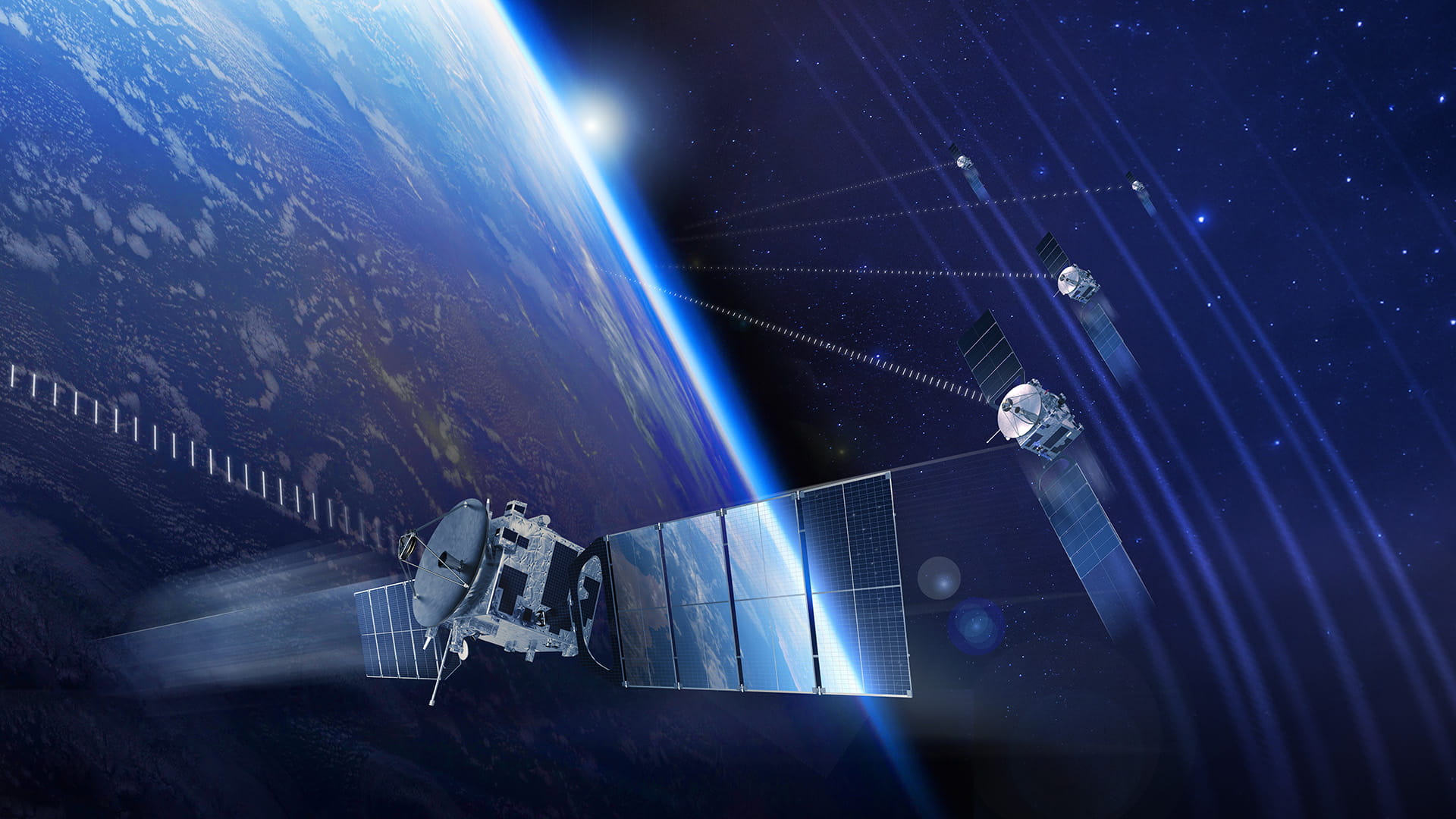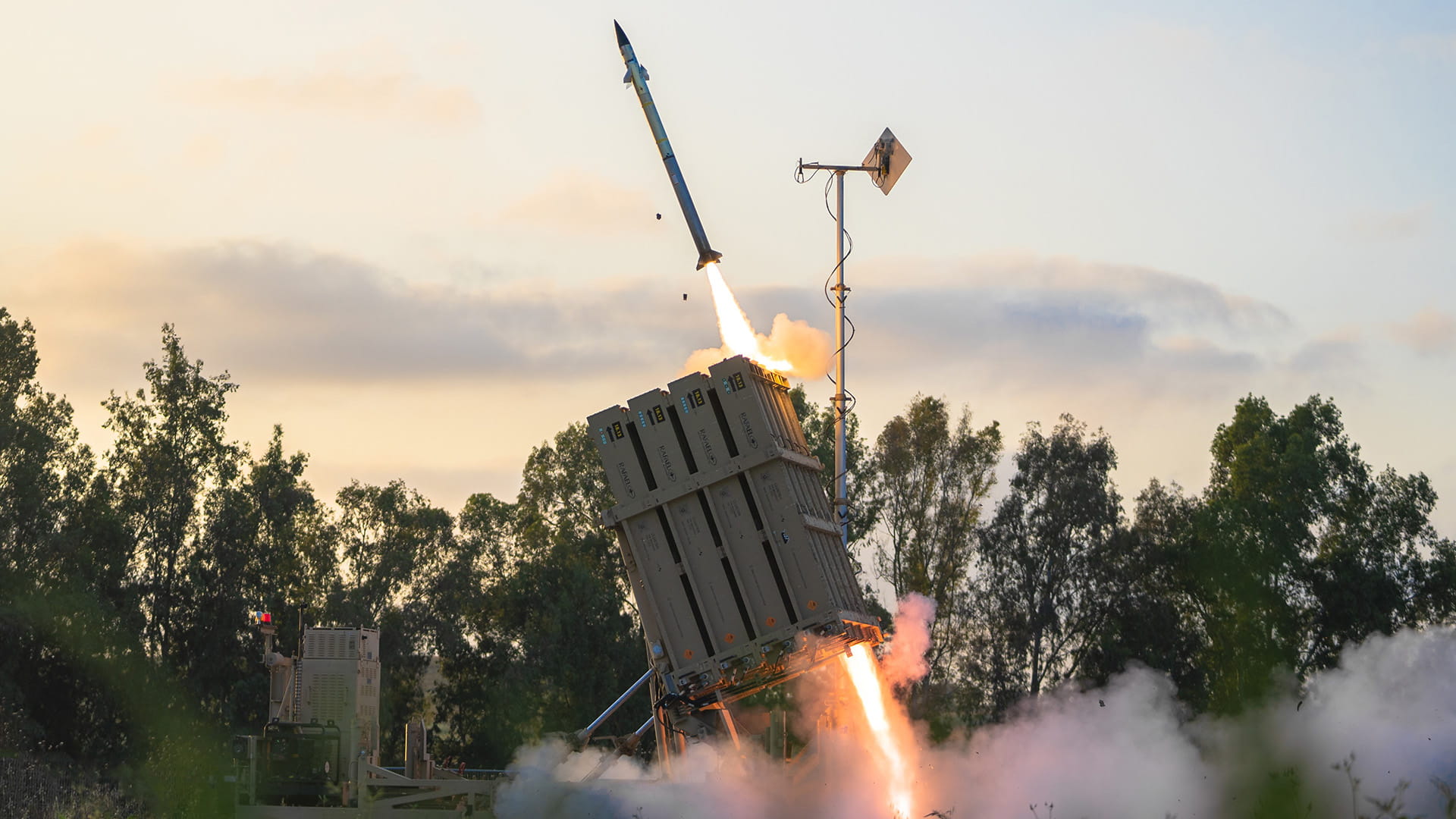Air power: Above and beyond
Next-generation technology gives the U.S. and allies an edge.
Control of any conflict in the skies is an imperative advantage for the U.S. Air Force. So, too, is its program of Next-Generation Air Dominance, or NGAD.
“Air dominance is not an American birthright,” said USAF Chief of Staff, Gen. Charles Q. Brown, Jr. last year in a key strategic document called, ‘Accelerate Change or Lose.’ He added that “without the U.S. Air Force’s unprecedented control of the air and enabling domains, no other U.S. military mission enjoys full freedom of maneuver. We must rapidly move forward with digital, low cost, high tech, warfighting capacities. Only through collaboration within and throughout will we succeed.”
Retired U.S. Air Force Major General Jon Norman, agreed. “When it comes to air dominance, our adversaries are moving fast and they will not wait for us to catch up,” said Norman, now a vice president of customer requirements & capabilities at Raytheon Technologies. “To maintain control of the skies we must rapidly deliver advanced technology that sees farther, flies faster and is more survivable."
So, as the USAF strives to retain its supremacy, Raytheon Technologies plays a collaborative role, using digital transformation in developing and sustaining its suite of precision munitions, radars, navigation and landing systems for advanced fighter aircraft.
These innovations are continually evolved to help press the advantage. For example, the company has steadily improved the AMRAAM air-to-air missile, giving it a boost in range, advanced guidance and a mature seeker that can find targets in challenging conditions. Procured by 40 countries, including the U.S., AMRAAM is operational on all F-35 variants. It has been used in more than 13 air-to-air combat victories and is the only radar-guided, air-to-air missile cleared to fly on the F-35.
Raytheon Technologies has completed over 4,900 test firings of this system.
Rising above the competition
Adversaries have long used poor weather and limited visibility to escape detection. Next-generation technology has changed that dynamic.
That detection capability starts with our AESA radars – increasing an aircrew’s ability to see further and clearer. AESA radars allow greater control of the beam and enable aircrews to track multiple targets while continuing to scan for additional threats. And those radars are being further advanced with Raytheon's secret sauce: gallium nitrade, or GaN, further increasing the AESA’s search depth and capability. Incorporating GaN into the array allows aircrews to operate at greater standoff ranges and engage earlier. “This extended engagement timeline equates to greater survivability,” said Eric Ditmars, vice president of Secure Sensor Solutions.
Another example is the StormBreaker smart weapon, which uses a one-a-kind tri-mode seeker that includes: a millimeter-wave radar, imaging infrared and semi-active laser to punch through the haze. The winged munition glides more than 45 miles and can autonomously detect and classify moving land-based and maritime targets in all weather conditions. The system is approved for use on the F-15E Strike Eagle and is being integrated on the F/A-18 E/F Super Hornet and all variants of the F-35.
Also improved: landing systems. Raytheon Technologies has one called the Expeditionary JPALS, short for Joint Precision Approach and Landing System. This GPS-guided system enables U.S. forces to operate from limited runways in remote regions of the world. It's the same technology that guides aviators onto the decks of aircraft carriers in rolling seas.
“If a disaster were to strike in an isolated area with little infrastructure and just a dirt runway, the Air Force, using Expeditionary JPALS, could rapidly be on the ground, providing humanitarian relief within an hour of arrival," said retired Air Force Col. J.W. Watkins, a former fighter pilot who now works at Raytheon Technologies. "This capability can help provide emergency relief in the aftermath of a disastrous event, getting food, water, shelter and medicine to those who need it."
The expeditionary version of JPALS can be packaged into transit cases, which are like large suitcases. The system can be air-dropped or mounted on a small vehicle, driven into remote locations and set-up in a matter of minutes.
In fact, a matter of minutes is what determines ultimate success in the skies. That’s why, as Gen. Brown stressed in his strategic priorities, the U.S. Air Force “must accelerate change in order to remain the most dominant and respected Air Force in the world.”

